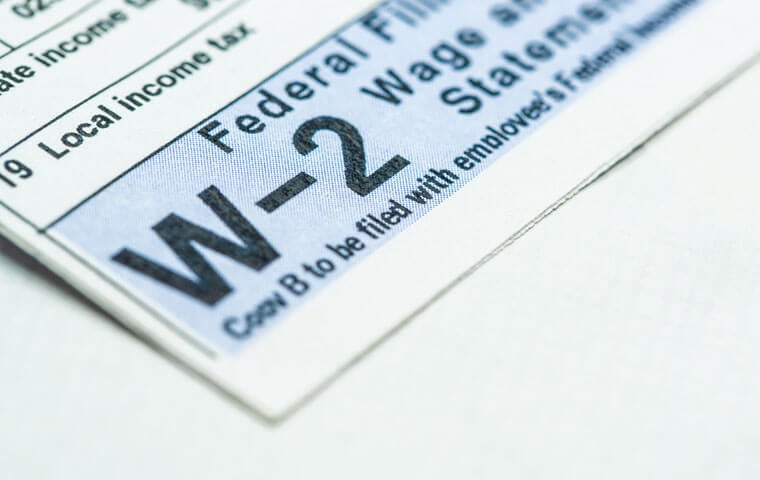
Changing Your Mind on Key Retirement Decisions
More than a few federal employees retire and shortly afterward conclude they made a mistake and look to return. In …More

More than a few federal employees retire and shortly afterward conclude they made a mistake and look to return. In …More

You should be confident that the assets you’ve accumulated during your lifetime will pass to chosen recipients, at your death. …More

Policies requiring that newly hired employees invest by default in retirement savings plans such as 401(k)s and the federal TSP …More

The time a retirement application spends at OPM for processing has received a lot of attention for many years. One …More

A study stresses the need for retirement savers to have a reserve of readily available cash to cover a major …More

When you buy life insurance, think carefully before designating a beneficiary. * Your spouse. You’ll probably want to provide financial …More

Yes, the S&P 500 is down roughly 10% year-to-date. Does it matter? If your TSP and other investments are properly …More

As a federal employee, your financial life includes some unique features – steady paychecks, eventually a cost-of-living adjusted pension, the …More

While life expectancy figures largely in assessing “longevity risk” of retirees—the risk of outliving one’s money—a closer look at those …More

One reason the Thrift Savings Plan’s lifecycle L funds have grown in popularity is that they provide a mechanism to …More

Did you know that the children of deceased federal employees and retirees are entitled to a number of benefits? Well, …More

Federal employees have access to a wide range of unique benefits, from pensions to the Thrift Savings Plan (TSP), Social …More

“Health plan knowledge is often lacking” among health insurance enrollees, with more than a tenth having misunderstandings about basic features …More

Awareness, Reserves, Mindset, Options and Risk Management are five steps you can take toward achieving a solid financial foundation for …More

When the Federal Employees Retirement System (FERS) was established, it differed from the Civil Service Retirement System (CSRS) in several …More

When thinking of their retirement assets, many people focus just on investment and savings accounts and overlook the fact that …More

Carriers in the two federal employment health insurance programs have been told to better track enrollee out-of-pocket costs that go …More

A federal employee who marries has options for bringing their spouse under their federal benefits. Survivor annuity–When you get married, …More

A health care proxy lets you name someone who can make decisions about your medical care if you can’t make …More

The SSA has said it has recalculated benefits for three-fourths of those who stand to benefit from the law repealing …More

A will does not control the payouts of your retirement, life insurance, and Thrift Savings Plan account at your death. …More

Job satisfaction increases with age, although those still working at age 65 and beyond are just as likely to view …More

The postponed annuity is a feature of the retirement system only open to FERS employees. If you are in FERS …More

First Things First – W2 vs. 1099-R; If you collected a paycheck as an active employee and also received your …More

Much of the cost of family caregiving for older adults falls on the caregivers but existing policies that can help …More

Whether you are preparing long in advance for putting in your retirement application or do it on shorter notice, you …More

If you have a cash value life insurance policy, you can borrow against it. This might be a source of …More

While all but a fifth of persons age 65 and older will need some type of long-term care, those in …More

While to outsiders the United States government may seem like a place where millions of employees enter at the front …More

Updated: One tactic for dealing with potential personal incapacity—inability to make your own financial decisions—is to put some assets in …More
| TSP | L Income | L 2020 | L 2030 | L 2040 | L 2050 | G Fund | F Fund | C Fund | S Fund | I Fund |
|---|---|---|---|---|---|---|---|---|---|---|
| Sep | 1.18% | % | 2.14% | 2.50% | 2.79% | 0.35% | 1.09% | 3.65% | 2.04% | 3.16% |
| YTD | 7.50% | % | 12.39% | 14.15% | 15.61% | 3.34% | 6.14% | 14.80% | 11.18% | 25.34% |
| 10yr | 5.08% | % | 8.90% | 9.96% | 10.88% | 2.71% | 1.95% | 15.28% | 11.38% | 8.53% |